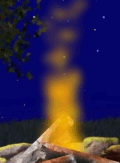Bryony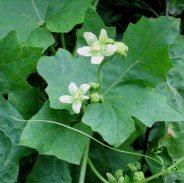
English hedgerows exhibit Bryony of two distinct sorts—the white and the black—which differ much, the one from the other, as to medicinal properties, and which belong to separate orders of plants.
Added Jun 13, 2010
| 7,640 Reads
The White Bryony is botanically a cucumber, being of common growth at our roadsides, and often called the White Vine; it also bears the name of Tetterberry, from curing a disease of the skin known as tetters. It climbs about with long straggling stalks, which attach themselves by spiral tendrils, and which produce rough, palmated leaves. Insignificant pale-green flowers spring in small clusters from the bottom of these leaves. The round berries are at first green, and afterwards brilliantly red. Chemically, the plant contains "bryonin," a medicinal substance which is intensely bitter; also malate and phosphate of lime, with gum, starch, and sugar. A tincture is made from the fresh root collected before the plant flowers, which is found to be of superlative use for the relief of chronic rheumatism (especially when aggravated by moving), and for subduing active congestions of the serous membranes which line the heart-bag, the ribs, the outer coat of the brain, and which cover the bowels. In the treatment of pleurisy, this tincture is invaluable. Four drops should be given in a tablespoonful of cold water every three or four hours. Also for any contused bruising of the skin, and especially for a black eye, to promptly bathe the injured part with a decoction of White Bryony root will speedily subdue the swelling, and will prevent discoloration far better than a piece of raw beef applied outside as the remedy most approved in the Ring. In France, the White Bryony is deemed so potent and perilous, that its root is named the devil's turnip—navet du diable. Our English plant, the Bryonia dioica, purges as actively as colocynth, if too freely administered. The name Bryony is two thousand years old, and comes from a From the incised root of the White Bryony exudes a milky juice which is aperient of action, and which has been commended for epilepsy, as well as for obstructed liver and dropsy; also its tincture for chronic constipation. The popular herbal drink known as Hop Bitters is said to owe many of its supposed virtues to the bryony root, substituted for the mandrake which it is alleged to contain. The true mandrake is a gruesome herb, which was held in superstitious awe by the Greeks and the Romans. Its root was forked, and bears some resemblance to the legs of a man; for which reason the moneymakers of the past increased the likeness, and attributed supernatural powers to the plant. It was said to grow only beneath a murderer's gibbet, and when torn from the earth by its root to utter a shriek which none might hear and live. From earliest times, in the East, a notion prevailed that the mandrake would remove sterility. With which purpose in view, Rachel said to Leah: "Give me, I pray thee, of thy son's mandrakes" (Genesis xxx. v. 14). In later times the Bryony has come into use instead of the true mandrake, and it has continued to form a profitable spurious article with mountebank doctors. In Henry the Eighth's day, ridiculous little images made from Bryony roots, cut into the figure of a man, and with grains of millet inserted into the face as eyes, the same being known as pappettes or mammettes, were accredited with magical powers, and fetched high prices with simple folk. Italian ladies have been known to pay as much as thirty golden ducats for one of these artificial mandrakes. Readers of Thalaba (Southey) will remember the fine scene in which Khawla procures this plant to form part of the waxen figure of the Destroyer. Unscrupulous vendors of the fraudulent articles used to seek out a thriving young Bryony plant, and to open the earth round it. Then being prepared with a mould such as is used for making Plaster of Paris figures, they fixed it close to the root, and fastened it with wire to keep it in place. Afterwards, by filling the earth up to the root they left it to assume the required shape, which was generally accomplished in a single summer. The medicinal tincture of White Bryony (Bryonia alba) is of special service to persons of dark hair and complexion, with firm fibre of flesh, and of a bilious cross-grained temperament. Also it is of particular use for relieving coughs, and colds of a feverish bronchial sort, caught by exposure to the east wind. On the contrary, the catarrhal troubles of sensitive females, and of young children, are better met by Ipecacuanha:— "Coughing in a shady grove THYRSIS ET PHYLLIS.
The plant is called Black Bryony (Bryonia nigra) from its dark leaves and black root. It is not given at all internally, but the acrid pulp of the root has been used as a stimulating plaster.
Added Jun 13, 2010
| 7,640 Reads
Share The Magic ...
The GoE MONEY!!! Course - A Course In Real MONEY MAGIC!
|

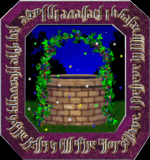
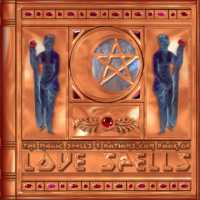
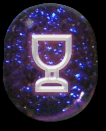








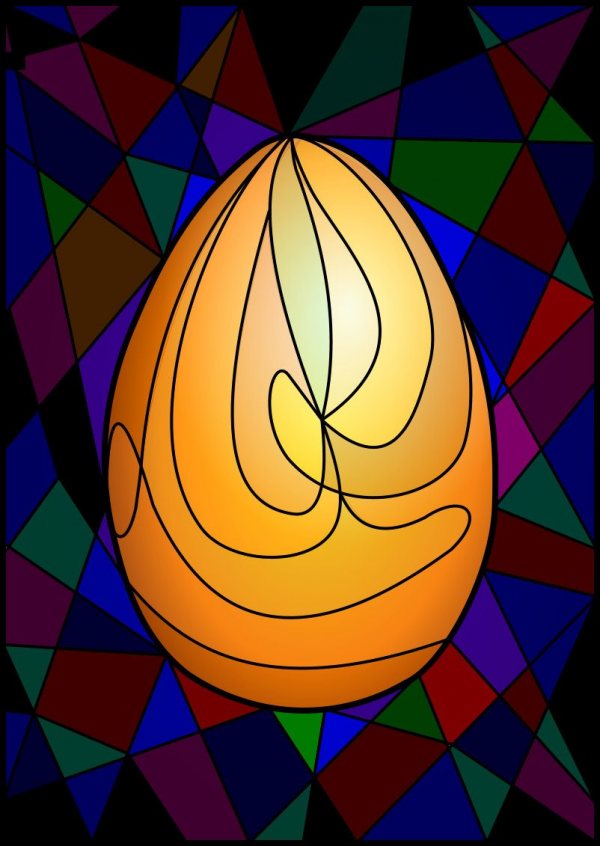


 The Black Bryony (Lady's-seal, or Oxberry), which likewise grows freely in our hedges, is quite a different plant from its nominal congener. It bears the name of Tamus Vulgaris, and belongs to the natural order of Yams. It is also called the Wild Hop, and Tetterberry or Tetterwort (in common with the greater Celandine), because curing the skin disease known as tetters; and further, Blackbindweed. It has smooth heart-shaped leaves, and produces scarlet, elliptical berries larger than those of the White Bryony. A tincture is made from the root-stock, with spirit of wine, which proves a most useful application to unbroken chilblains, when made into a lotion with water, one part to twenty.
The Black Bryony (Lady's-seal, or Oxberry), which likewise grows freely in our hedges, is quite a different plant from its nominal congener. It bears the name of Tamus Vulgaris, and belongs to the natural order of Yams. It is also called the Wild Hop, and Tetterberry or Tetterwort (in common with the greater Celandine), because curing the skin disease known as tetters; and further, Blackbindweed. It has smooth heart-shaped leaves, and produces scarlet, elliptical berries larger than those of the White Bryony. A tincture is made from the root-stock, with spirit of wine, which proves a most useful application to unbroken chilblains, when made into a lotion with water, one part to twenty.
